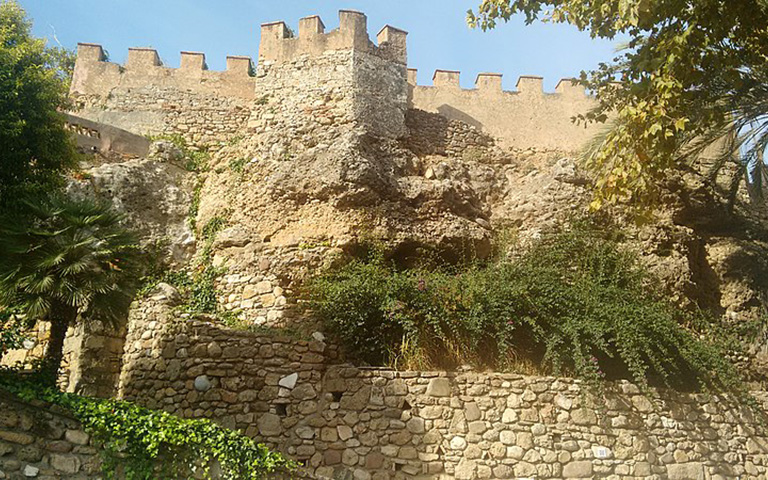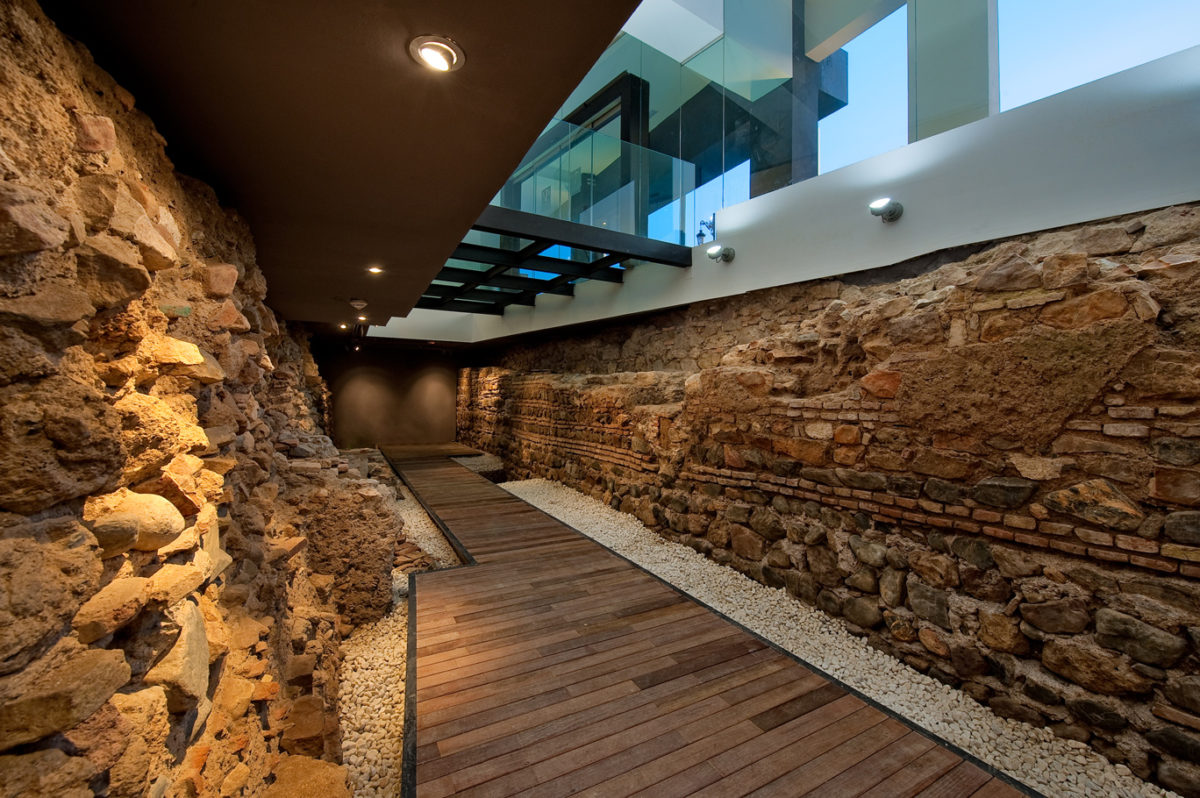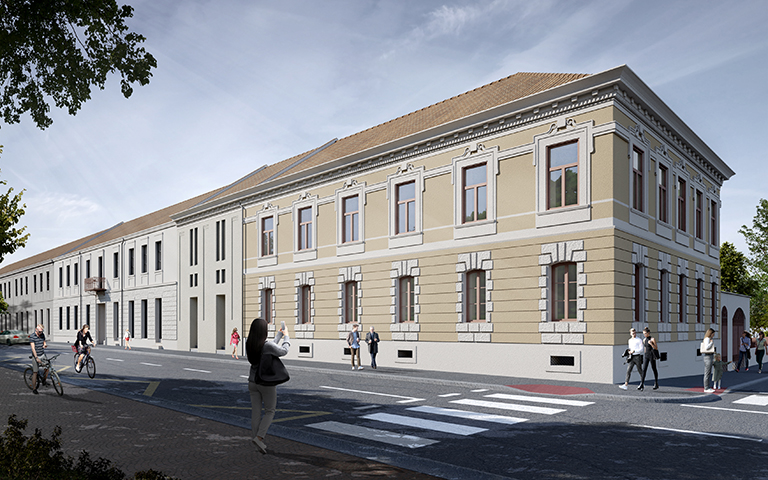King Abdulaziz Palaces

Afniah Engineering Consulting Co.
Yamur Arquitectura y arqueología s.l.
Arhitektura i arheologija d.o.o.
The palaces of King Abdulaziz are culturally significant to Saudi Arabians, serving as symbols of national pride and identity. They were built across the country, during a time of great transformation, as the king sought to consolidate power and establish a modern nation-state. The palaces serve as architectural monuments to king’s legacy and the birth of a unified kingdom that showcase the era’s unique fusion of traditional styles.
The project is to uncover the cultural narratives and shared values underlying the construction and preservation of these architectural masterpieces through examination and documentation. Having in mind the role of these palaces in fostering a sense of national identity, as well as how they have come to represent the distinct history and heritage of each region.
In the quest to document King Abdulaziz’s palaces, a multi-disciplinary approach is used that included architectural, urban, and structural elements. Every detail of these palaces, from their ornate facades and sprawling courtyards to the intricate carvings and decorative elements that adorn their interiors, has been meticulously surveyed and recorded by researchers, architects, and historians. Using cutting-edge technology, such as 3D scanning, high-resolution photography, in-depth surveying, accurate representations of each palace are captured, along with their physical characteristics and spatial relationships. The documentation process also explores the palaces’ relationships with the surrounding neighborhoods, landscapes, and infrastructure.
The first two phases of the project have been dedicated to the general documentation of the palaces from different perspectives of study, obtaining quality information on the current state of the buildings and their surroundings. Historical studies documented social and historical events and archeological studies of the locations. Further, current situation studies and analysis have been conducted to examine and evaluate a variety of topics such as urban studies, architectural documentation, visual studies, structural studies, and environmental studies.




















The third part of this project enters the field of development and site management, defining how to face the conservation and future citizen and tourist use of the palaces. The rehabilitation and development study is presented to assess and evaluate the palace site and location in order to suggest alternative and development proposal projects.The natural and urban environment and the most appropriate uses were considered for each palace individually, acting in a respectful and compatible way with their heritage values.
The preservation of the palaces was critical because they represent not only the kingdom’s architectural heritage but also the journey of a nation coming together under the visionary leadership of King Abdulaziz. As a result, the palaces are more than just historic monuments that showcase the grandeur of the era; they also serve as symbols of unity and national identity. Each palace, with its distinct design and regional influence, reflects diverse cultural fabric and provide valuable insights into the evolution of architectural styles in the Kingdom of Saudi Arabia.
The King Abdulaziz palaces have had a significant impact on the development of Saudi Arabian architecture by promoting traditional styles, emphasizing regional characteristics and cultural significance, and inspiring sustainable and preservation-oriented design strategies. These palaces exemplify the innovative spirit and aesthetic sensibilities of the time by combining elements of Islamic art and traditional architecture with local design principles. Their enduring legacy continues to shape the kingdom’s architectural landscape and serves as a source of inspiration for future generations, providing a road map for the kingdom’s cultural heritage’s long-term preservation.


